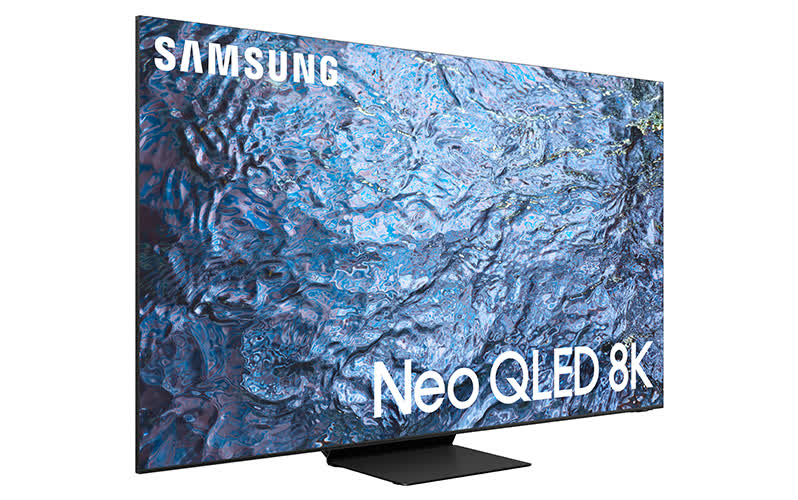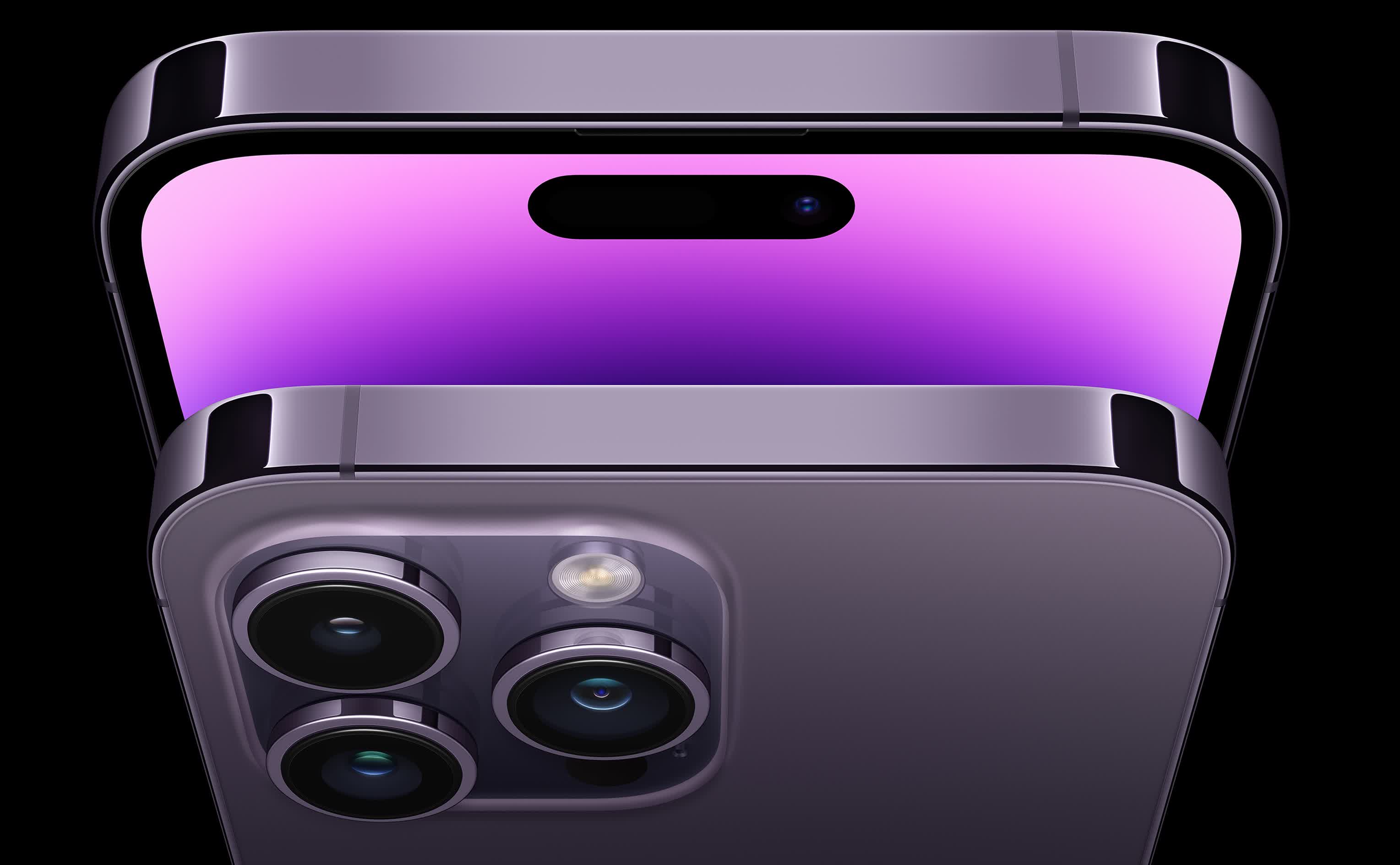Forward-looking: It appears that Apple will continue to bring more of its hardware in-house over the coming years. The next component on the list could be MicroLED screens for use in its devices, which would allow Cupertino to lessen its reliance on other companies, including those that currently design and produce the OLED panels in the iPhone 14 handsets.
According to Bloomberg's Mark Gurman, Apple has spent almost five years and billions of dollars on its efforts to design its own MicroLED displays; another company will likely produce the screens using Apple's blueprints.
The screens are set to arrive in the Apple Watch first, potentially as soon as next year, with other devices to follow. Apple had hoped to include the technology in large displays upon its arrival, but the high costs and technical challenges led to a rethink and a focus on the Apple Watch, at least initially.
Such a move would be a blow to the likes of Samsung, LG, Japan Display Inc., Sharp Corp, and BOE, who make displays for Apple devices, including those in its smartwatches, and the OLED panels in the iPhone 14. Apple makes up 36% of LG Display's revenue and 6% of Samsung Display's sales.
The switch would mark the latest component Apple has started to design itself. Apple famously broke its 15-year partnership with Intel to use in-house Arm-based M chips---designed by Apple and produced by TSMC---in its Macs. And we heard this week that the company is working on an all-in-one cellular, Wi-Fi, and Bluetooth chip.

MicroLED, which is different from the MiniLED tech found in the iPad Pro 12.9-inch and new high-end monitors, is expensive, but it offers a several advantages over OLED, including increased brightness and almost no chance of burn-in. Samsung uses it in the company's massive The Wall televisions and revealed a slew of new model sizes at CES (above). They boast 240Hz refresh rates, 2-nanosecond response times, and 20-bit black detail.
It could be a while before we see iPhones with MicroLED screens. Gurman and display analyst Ross Young say the first Apple Watch to use the tech might slip from its planned 2024 date to 2025, so the MicroLED handsets could be at least three years away.
